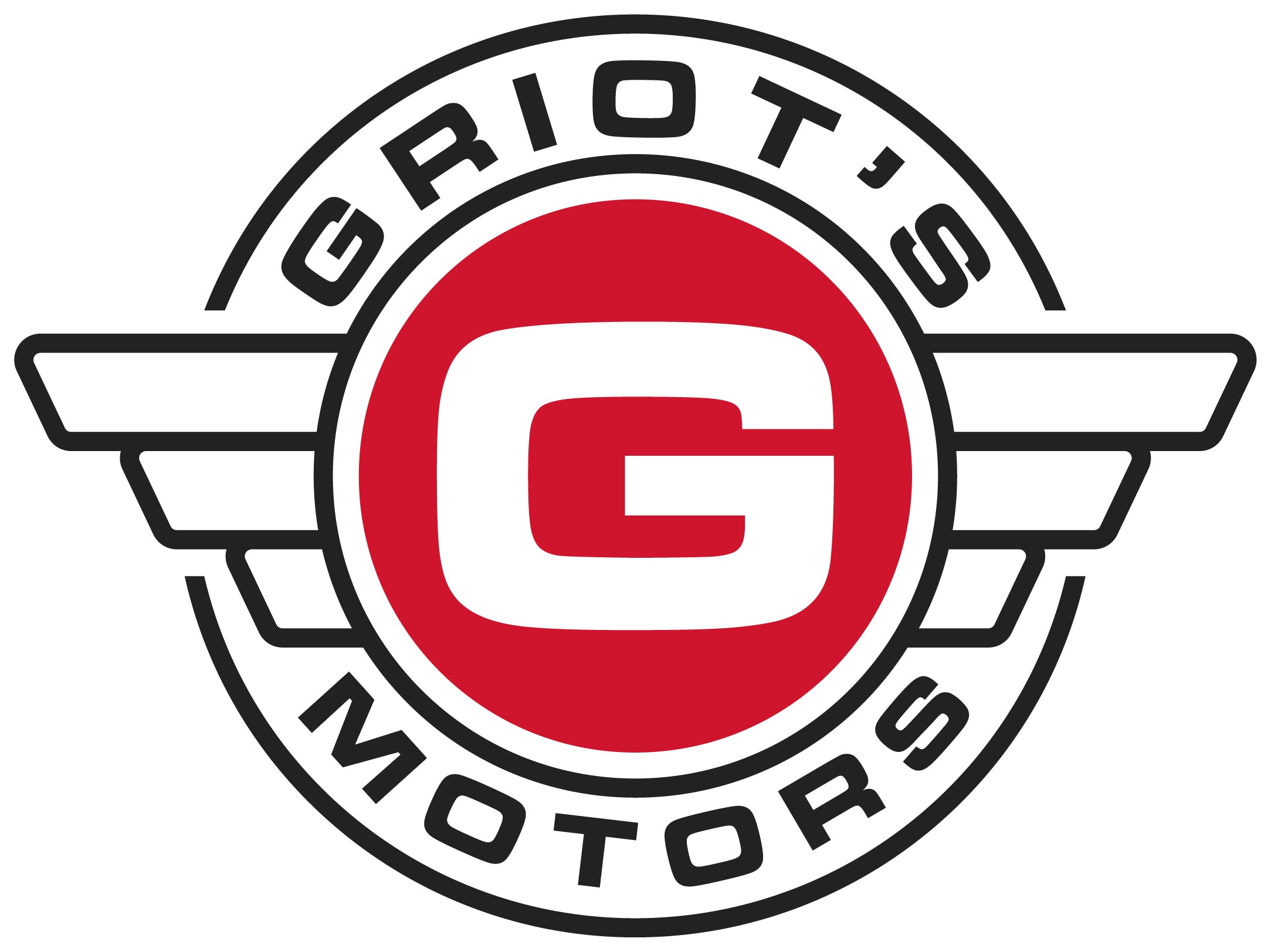Automotive enthusiasts have always chased driving perfection - more horsepower, better suspension, improved brakes, chassis upgrades, you name it. What could go wrong?
You don't need us to tell you that incongruent mods can simply ruin a machine. That's especially true when dealing with car technology that spans decades.
The Right Solution
Just like cars, customers have changed too. Back in the 50’s, fiddling with a carburetor or checking your oil at every gas station was just part of the routine. Today, most of our clients are used to modern vehicles, ones that start every time, run smoothly, and don’t ask for constant attention. That’s where engine swaps come into play.
Swapping in a modern engine brings a long list of benefits that are hard to match with a 30 or 40 year old powerplant. Fuel injection, variable valve timing, and modern engine management have changed the game when it comes to power, efficiency, and drivability. We’ll always have love for a carbureted American V8 in a ’60s muscle car, but sometimes, a modern engine is just the right answer.

The Right Ingredients
So where can an engine swap go wrong? The biggest issue is when the pursuit of power overshadows a full understanding of how to make the whole system work together. “With great power comes great responsibility,” and in this case, that means making sure the rest of the car can keep up.
A bigger engine often means more weight, which needs to be accounted for with changes to suspension geometry, spring rates, and damping. More speed also demands better braking, so we frequently upgrade calipers and rotors, and sometimes that means bigger wheels and modern tires just to make everything fit. If there’s one area that’s seen the biggest leap in performance over the years, it’s tires. Swapping in modern compounds can completely transform how a classic car handles.
So yes, there are a lot of ways to get it wrong. A hot dog, ketchup, and mustard just go together, and a well sorted performance build works the same way. Miss a key ingredient, and the whole experience suffers.

The Right Drive
That’s why, at Griot’s Motors, we pay close attention to making our swaps look and feel factory. Seamless, clean, and balanced.
From dropping a BMW M60 V8 into the Griot’s Detail Wagon to installing a modern turbo diesel into a 1976 Volkswagen Rabbit in pursuit of maximum mileage, we’ve successfully put a wide range of vehicles back on the road with more reliable, livable power.
Take this E30 wagon, for example. The S14 engine it’s running was never factory-installed in a touring model, but it was in the E30 M3. That gave us a great reference point to make it all work. The high revving S14 nearly doubles the power of the original four-cylinder, and while it’s not the most powerful option out there, the end result is hard to beat.
The driver gets to enjoy a sharp, responsive engine, and the passengers in the back get a few laughs and squeals along the way.


